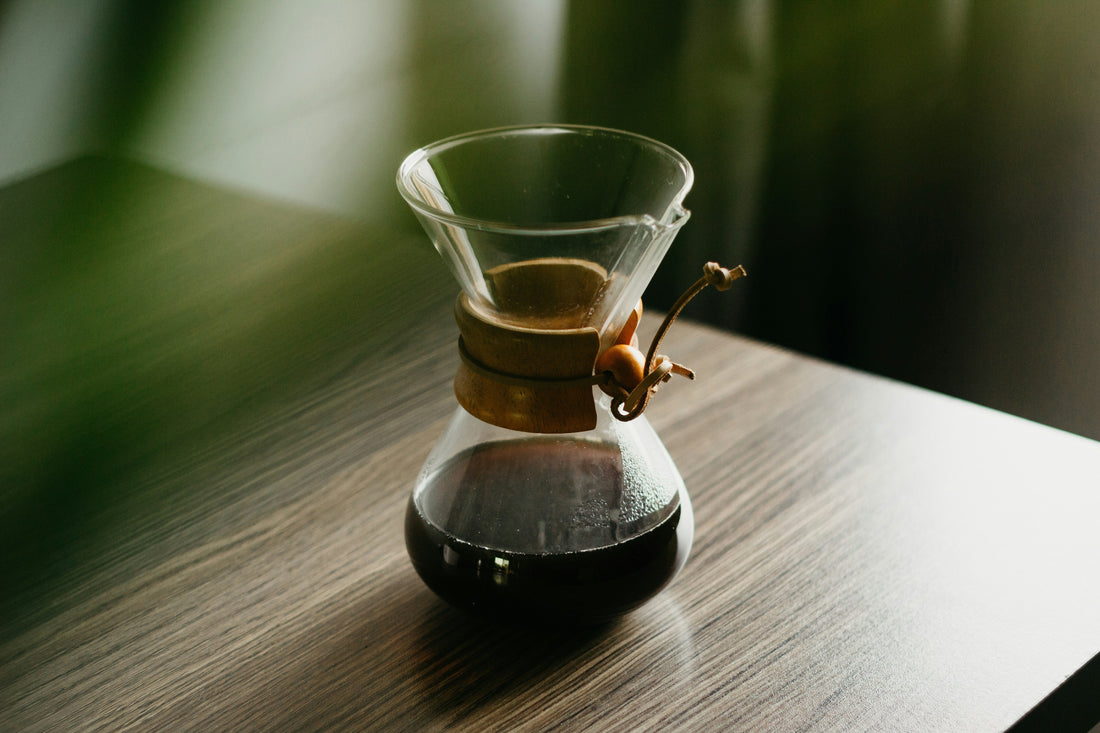
Everyday Objects in Design History
The world’s most enduring designs are not always found in galleries or museums. They sit in our kitchens, our sheds, our pockets. A teaspoon, a chair, a cast iron pan.
They are objects so ingrained in daily life that their design brilliance often goes unnoticed. Yet these modest tools trace histories of craft, material scarcity, cultural shifts, and the pursuit of beauty in function.
Why do ordinary objects matter in design history?
Historians often look to monumental buildings or avant-garde movements to chart the course of design. But to understand how people lived, one must look at what they touched every day. The ceramic mug on the breakfast table reveals more about ritual and comfort than the grandest palace. The folding chair tells a story of urbanisation and portability. These items, born from necessity, embody the ingenuity of anonymous makers as much as celebrated designers.
Household objects that have become design icons
Some of the most celebrated design classics began as humble tools.
- The Thonet Chair No.14: a café staple of bentwood simplicity, once mass-produced for accessibility, now a museum piece.
- The Mason Jar: invented for preserving harvests, now a symbol of rustic utility and repurposed modern chic.
- The Enamel Baking Tray: created for durability and hygiene, today as fashionable in open-shelf kitchens as it is practical for roasting
- The Cast Iron Skillet: passed down through generations, each layer of seasoning recording meals and family stories.
- The Chemex: before the assimilation of pour over into hipster culture. Unchanged in its design since 1941
These designs endure not because they were fashionable, but because they worked—and kept working.
What gives an object its timelessness?
Timeless design rarely emerges from novelty. Instead, it is marked by restraint, proportion, material honesty, and adaptability. An everyday object achieves classic status when it transcends its moment of invention. A terracotta pot remains essentially unchanged for millennia because it still does its job better than almost any alternative. In this sense, timelessness is less about trend, more about resistance to obsolescence.
How do everyday objects reflect culture?
A milk jug in 18th-century England spoke of domestic ritual, while a thermos flask in the 20th century reflected new mobility. Today, the rise of reusable water bottles reflects cultural anxieties about waste and sustainability. Everyday design is a mirror. It shows how societies ate, worked, moved, and cared for the planet. Objects are not neutral; they are cultural artefacts as potent as paintings or texts.
Why does this matter for the modern home?
In an age of disposable goods, the quiet endurance of everyday objects feels almost radical. To choose a cast iron pan over a non-stick alternative, or a linen napkin over paper, is to participate in a lineage of thoughtful design. These are not just tools but investments—pieces that accrue meaning, patina, and story.
For The Dairy General Store, this is where beauty and utility converge. A hand-thrown mug or a well-oiled chopping board doesn't function simplay as décor but part of a cultural continuum: one where everyday objects are honoured as heirlooms of the future.
FAQs
What are examples of timeless everyday objects?
The cast iron skillet, enamelware, bentwood chairs, terracotta pots, and wooden spoons all exemplify objects whose form and function have remained largely unchanged for decades, if not centuries.
Why are simple objects celebrated in design history?
Because they embody universal needs (eating, sitting, carrying) that link generations. Their longevity proves that good design does not age.
How do I bring timeless objects into my own home?
Start small. Choose a few functional items made from natural materials—wood, iron, clay—that will last and become more beautiful with use.
What role does sustainability play in timeless design?
Objects built to endure reduce waste. They cut against a culture of disposability, encouraging slower consumption and deeper appreciation.
Design history is often written in marble and steel, but its truest authors are the makers of wooden spoons, chairs, jars, and pans. Their objects continue to live among us, humming with quiet power. We must recognise that design brilliance often hides in plain sight.
